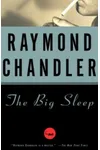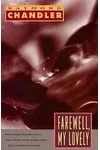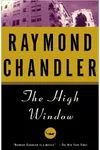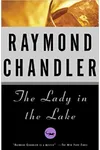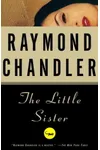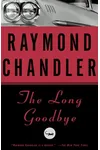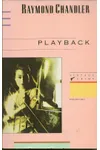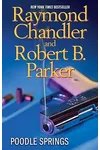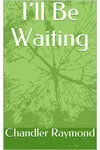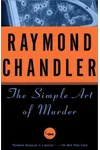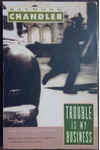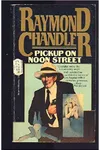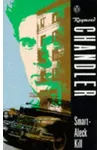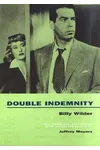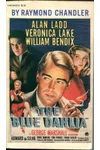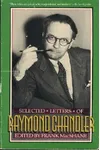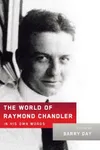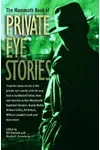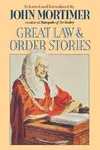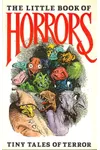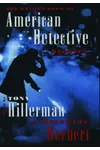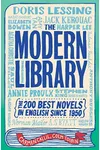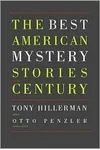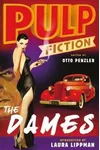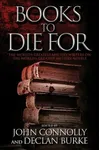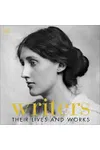Picture a Chicago-born wordsmith who turned gritty streets into literary gold—meet Raymond Chandler! With his sharp-witted detective Philip Marlowe, Chandler didn’t just write crime novels; he redefined noir, blending cynicism, romance, and razor-sharp prose. Starting his career at 44, he proved it’s never too late to leave a mark on the world.
His novels, like The Big Sleep and Farewell, My Lovely, aren’t just stories—they’re time capsules of 1930s and 1940s Los Angeles, drenched in shadows and moral ambiguity. Ready to step into Chandler’s smoky, neon-lit world? Let’s explore the man behind the fedora.
The Making of Raymond Chandler
Born in 1888 in Chicago, Raymond Chandler’s early life was a whirlwind. After his parents’ divorce, he moved to England, where he soaked up literature and honed his wit at Dulwich College. He dabbled in journalism and poetry before returning to the U.S., landing in Los Angeles. But writing took a backseat—Chandler was an oil executive until the Great Depression left him jobless. At 44, he turned to pulp magazines, churning out detective stories that sparked his legendary career.
Influenced by Dashiell Hammett and his own disillusionment with society, Chandler crafted a new kind of hero: flawed, sarcastic, but honorable. His love for L.A.’s underbelly—its dive bars, corrupt cops, and femme fatales—shaped his gritty, vivid storytelling.
Raymond Chandler’s Unforgettable Stories
Chandler’s debut novel, The Big Sleep (1939), introduced Philip Marlowe, a private eye navigating a web of blackmail and murder. Its twisty plot and snappy dialogue (‘She had eyes like strange sins’) hooked readers. Farewell, My Lovely (1940) followed, diving deeper into Marlowe’s world with a tale of lost love and betrayal, cementing Chandler’s knack for blending grit with poetry.
His style—called ‘hard-boiled’—wasn’t just tough; it was lyrical. Chandler’s metaphors (‘The streets were dark with something more than night’) painted L.A. as a character. Later works like The Long Goodbye (1953) explored loyalty and loss, showing Marlowe’s softer side. He also penned screenplays, including Double Indemnity (1944), which earned an Oscar nomination and shaped film noir.
Chandler wrote seven novels, dozens of short stories, and several scripts, each dripping with his signature cynicism and charm. His plots were complex, sometimes deliberately tangled, prioritizing atmosphere over tidy resolutions. That raw honesty made his work timeless.
Why Raymond Chandler Matters
Raymond Chandler didn’t just write detective stories; he elevated them to art. His influence ripples through modern crime fiction, from Michael Connelly to Gillian Flynn. Marlowe became the blueprint for every wise-cracking, world-weary sleuth in books, movies, and TV. Film noir, with its moody visuals and morally gray characters, owes Chandler a debt for defining its tone.
Chandler’s Los Angeles—corrupt yet alluring—still captivates readers. His prose, both tough and tender, captures the human condition: flawed, searching, and stubbornly hopeful. Decades after his death in 1959, his words remain as sharp as a switchblade, inspiring writers and filmmakers to chase his magic.
About Raymond Chandler
- Born: July 23, 1888, in Chicago, Illinois
- Key Works: The Big Sleep, Farewell, My Lovely, The Long Goodbye
- Notable Achievement: Oscar-nominated screenplay for Double Indemnity (1944)
- Died: March 26, 1959, in La Jolla, California
Grab The Big Sleep and dive into Raymond Chandler’s noir masterpiece! Let Marlowe’s wisecracks and L.A.’s shadows pull you into a world where every page crackles with suspense.
